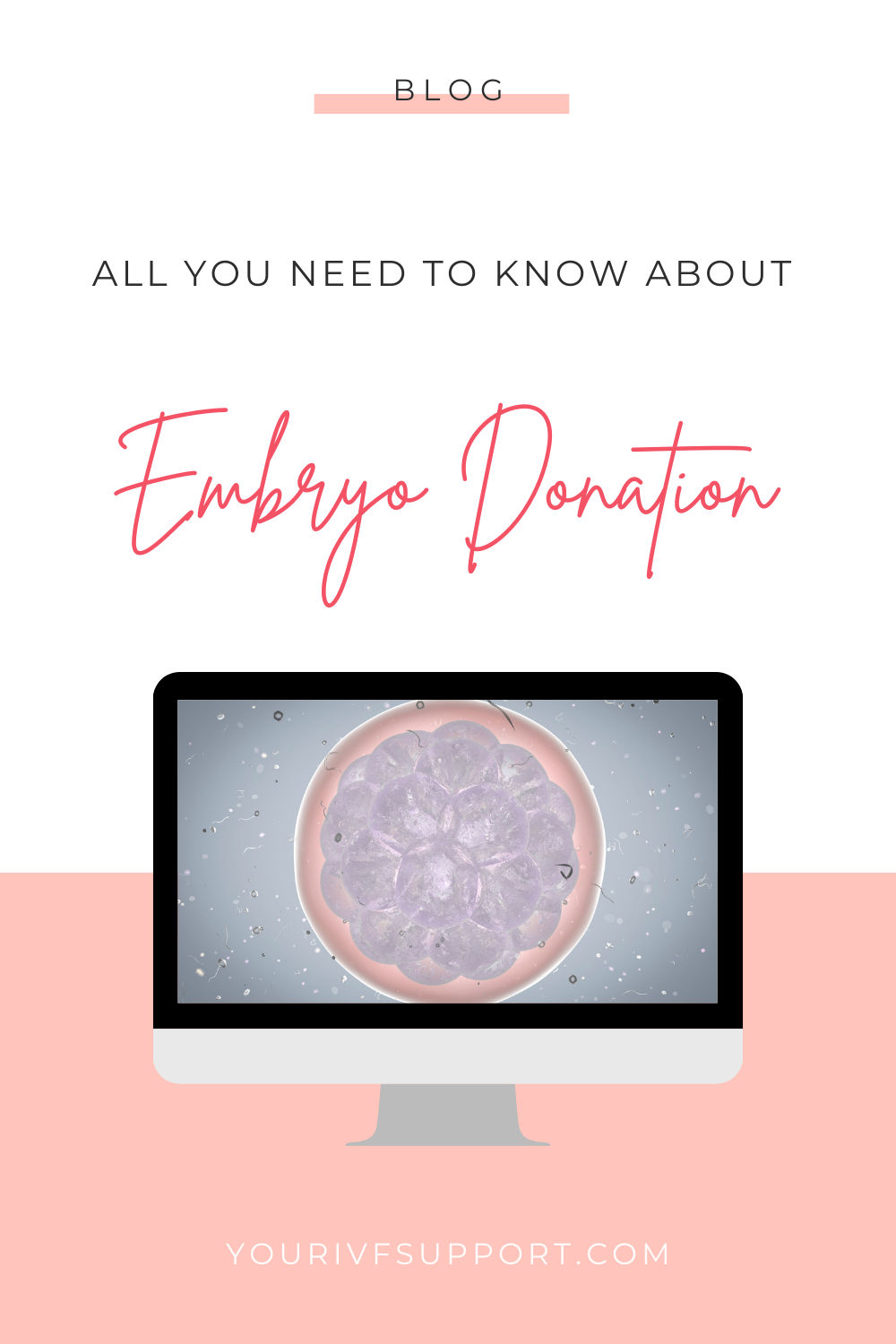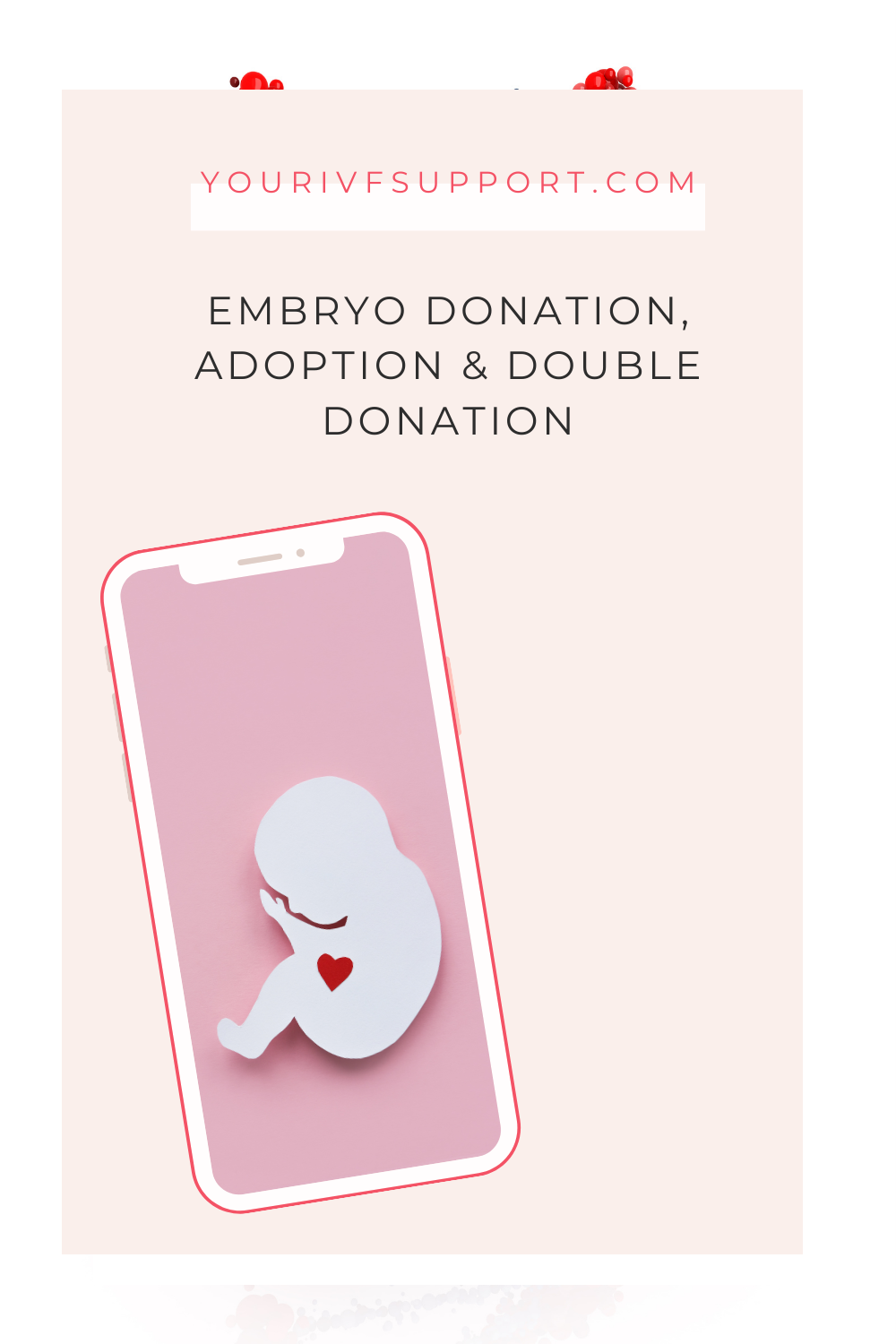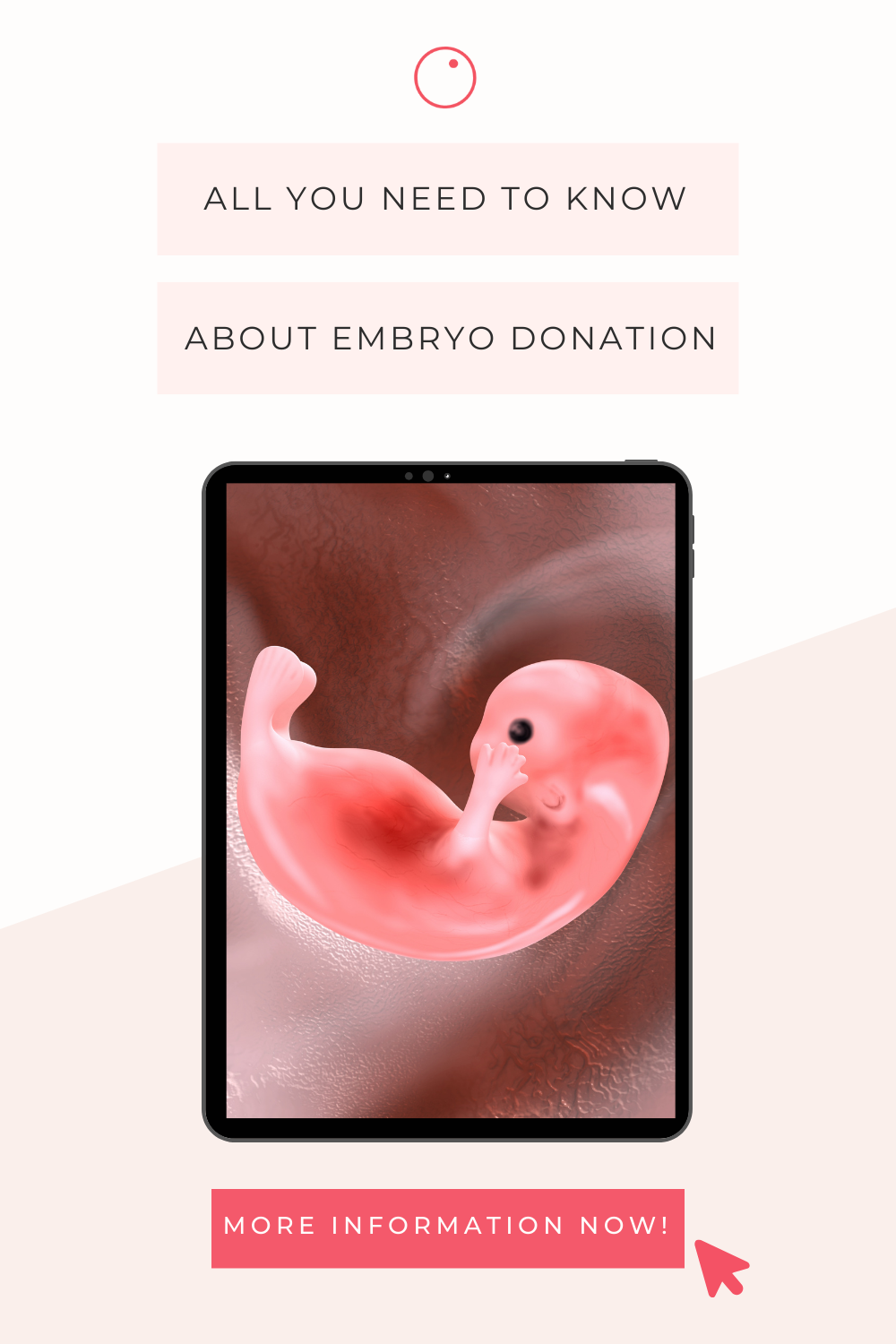The wish to have their own child is a deeply rooted dream for many women. However, the path to fulfilling this wish does not always go naturally. This is where double donation, also known as embryo donation, comes into play. This unique method offers you hope and the chance of happiness together if you cannot achieve pregnancy through conventional means.
In this article, I will take an in-depth look at double donation. I will clarify terms, shed light on legal aspects and deal with the emotional aspect. I will also look at the differences between embryo donation and embryo adoption and the choice between open and anonymous donation. My aim is to support you on your journey towards fulfilling your dream and to provide you with the necessary knowledge to make an informed decision.
Join me on this journey through the world of double donation in the hope of finding happiness together.
Definition of embryo donation, embryo adoption and double donation
The terms embryo donation, embryo adoption and double donation can indeed lead to confusion as there is no single definition. It is important to understand that these terms are used differently by different clinics and institutions.
Embryo donation: Embryo donation is a procedure whereby couples who have successfully completed IVF treatment and have surplus embryos can make them available anonymously to other couples. Some clinics also offer sperm and egg donation from third parties under the term "embryo donation". It is important to note that the term "embryo donation" may vary in practice from clinic to clinic.
Embryo adoption: Embryo adoption is a related term that refers, on the one hand, to the legal process by which a couple takes responsibility for pre-existing embryos (i.e. adopts the embryo) that have been anonymously donated by another couple. However, it can also refer to embryos provided by clinics because they have stored surplus embryos from previous treatments.
Double donation: In double donation, the individual or couple receives all the embryos created by the egg donors (open or anonymous) and sperm donors (open or anonymous). It is a form of donation that uses a specially selected egg donor and a specially selected sperm donor, and all the embryos produced belong to the recipient. This treatment is usually much more expensive than embryo adoption, where only one embryo is provided.
It is therefore advisable to check with the clinic in question exactly what services and embryos are included. Note that the use of these terms may vary between clinics and countries. Some clinics offer both embryo donation and embryo adoption, while others may use the term 'embryo donation' for different practices.
In the following sections we will look in more detail at the different aspects and practices associated with these terms to give you a full understanding of the world of embryo donation, embryo adoption and double donation.
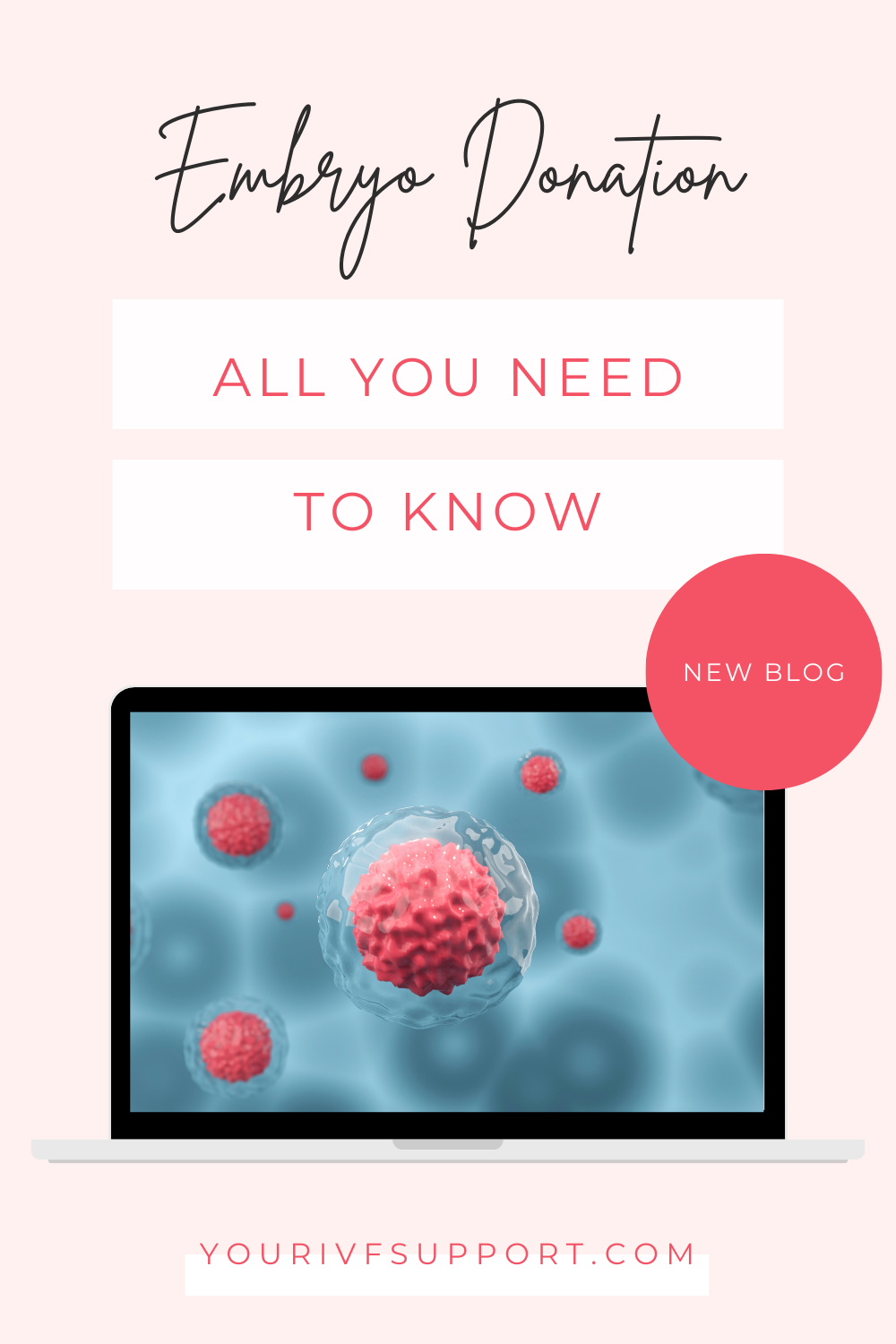
Legal aspects of double donation and embryo donation
Double donation and embryo donation are complex procedures that are subject to different legal regulations in many countries and regions. The legal aspects play a crucial role in the implementation of these treatments and can significantly influence the options and procedures.
Legal framework in different countries:
- Germany: In Germany, egg donation is prohibited, therefore double donation is not possible. Only sperm donation is permitted. For couples considering embryo adoption, the association "Netzwerk Embryonenspende." exists. However, waiting times and costs are considerable. Further information is available at https://www.netzwerk-embryonenspende.de/.
- Austria: Open egg donation and sperm donation have been permitted in Austria since 2015. Nevertheless, open egg donors are difficult to find in practice.
- Switzerland: In Switzerland, egg donation is not permitted, which also makes double donation impossible. Open sperm donation, on the other hand, has been possible for all married couples in Switzerland for some time and has also been permitted for same-sex couples since 2021.
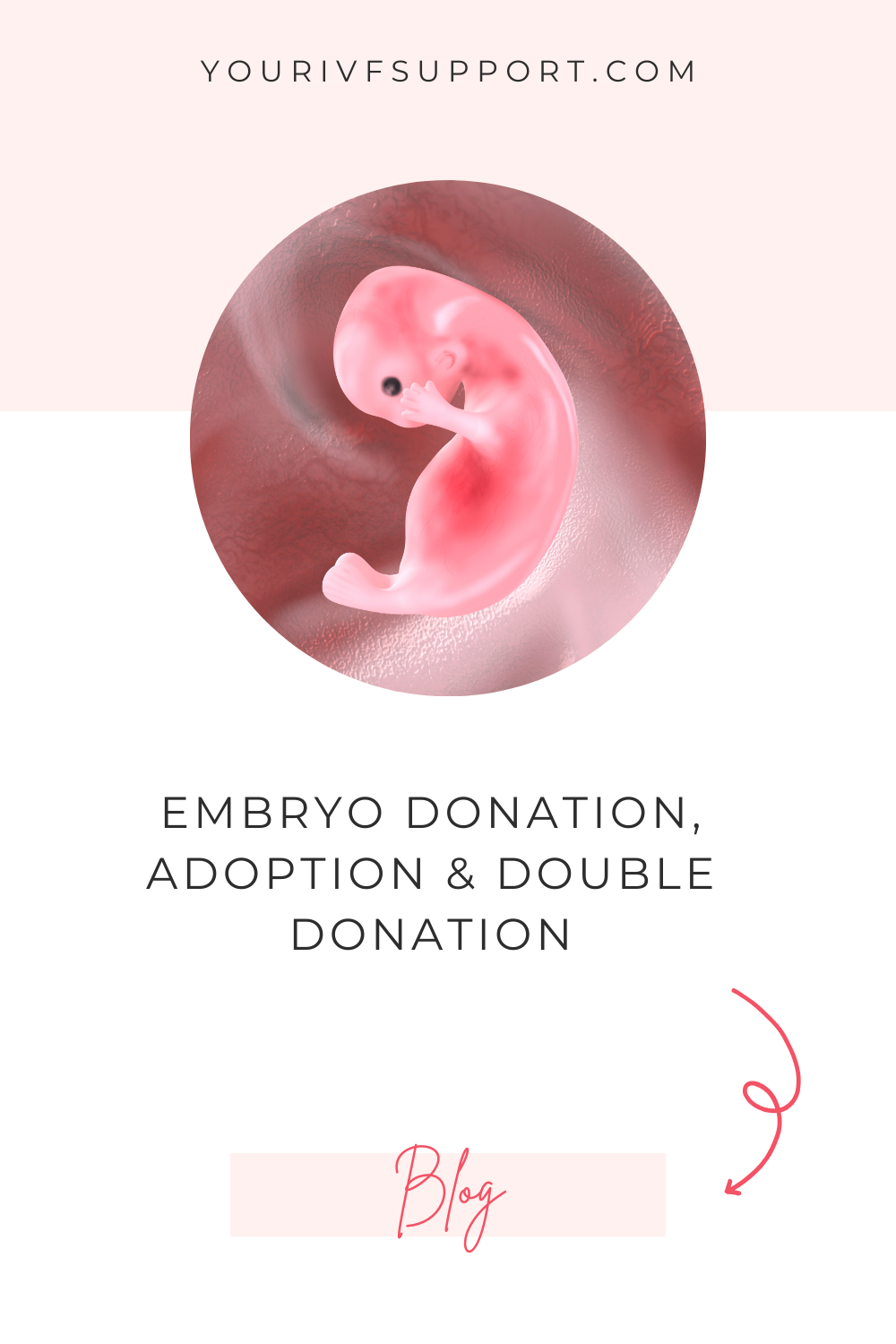
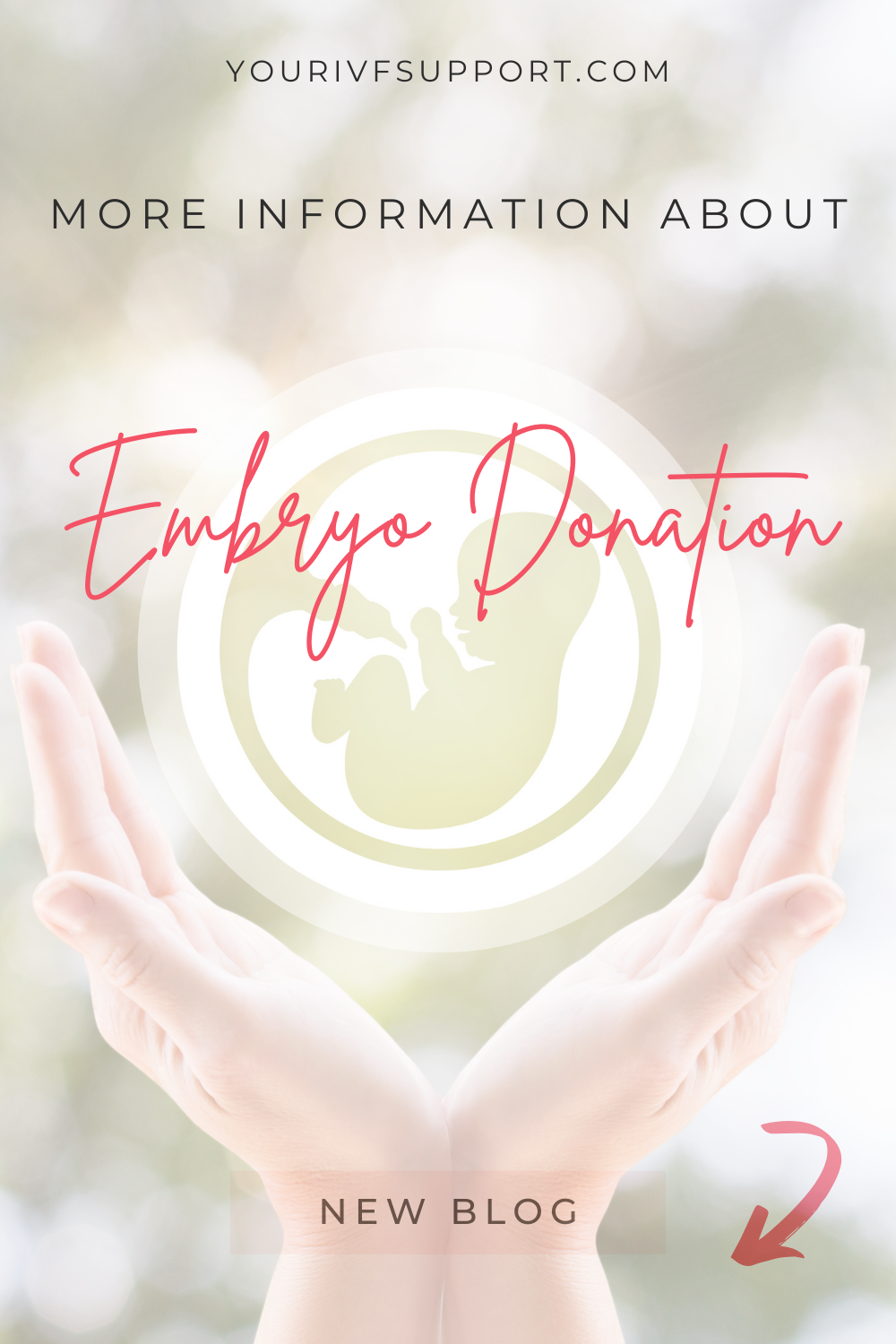
The legal aspects cover several key issues:
Legal recognition: is double donation or embryo donation legal in your country? What laws and regulations govern these procedures?
Anonymity vs. openness: Are there legal provisions for anonymity of donors or disclosure of information about donors and recipients?
Parental rights: What are the rights and responsibilities of biological parents who have donated embryos? How are parental rights and obligations regulated in cases of embryo adoption?
Adoption procedure: What legal steps are required to adopt embryos? Are there differences in the adoption process between embryo donation and embryo adoption?
Parenthood: How is parenthood determined for the recipients after a successful double donation or embryo donation? What legal documents and procedures are necessary?
It is important to note that the legal framework can vary greatly depending on the country and region. Before deciding on a double donation or embryo donation, it is essential to thoroughly research the applicable laws and regulations in your country of residence and seek legal advice if necessary.
In the next section, we will look at the advantages and disadvantages of openness in donation and adoption and how this can affect decision-making.
Openness vs. anonymity in double donation and embryo donation
Deciding whether to maintain donor anonymity and openness about identity in double donation or embryo donation is an important consideration. This question can affect various aspects of the treatment and the future relationships between the parties involved.
Advantages and disadvantages of anonymity:
Donor anonymity has some advantages:
Privacy: anonymous donors can keep their identity and personal information secret, which can be an important concern for them.
Ease of processing: Anonymous donations can often be processed more quickly and smoothly, as there is no need to establish personal relationships between the parties involved.
Clear separation: anonymity allows a clear separation between the biological parents and the recipients, which is desirable for some people.
However, there are also disadvantages:
Lack of information: Recipients do not receive information about the genetic donors, which could be significant for them and the child.
Lack of medical data: Without access to genetic information, important medical data could be missing.
Limited contact: Anonymity may mean that the child cannot make contact with the genetic donors during their lifetime.
Advantages and disadvantages of openness:
Openness about the identity of donors can have the following advantages:
Genetic information: the recipients and the child have access to genetic information that may be important for medical care and understanding one's ancestry.
Emotional connection: The openness allows for a possible emotional connection between donor, recipient and child, which is very significant for some people.
Early contact: In some countries, the child can have contact with the donor before the age of 18.
However, there are also disadvantages:
Complexity: open relationships between parties can be complex and often require clear communication and agreements.
More time and cost: Open donations usually require more time and are often more expensive.
No guarantee of contact: Even with open donations, there is not always a guarantee that the child will actually be able to make contact with the donor.
The decision about anonymity or openness is extremely personal and should be well thought through. It depends on the individual wishes and needs of the child. In the next sections we will look in more detail at the different options for openness and the practical considerations in implementing them.
Options and practices in the openness of double donation and embryo donation.
Degree of openness
In the world of double donation and embryo donation, there are different degrees of openness that can shape the relationships between the donors, recipients and the child. Here are some of the most common options:
Complete anonymity: in this option, all information about the donors is kept secret and there is no way for the child to contact them or get information from them.
Semi-open donation: Here the recipients have limited access to information about the donors. This may include medical information or anonymised profiles, with no possibility of personal contact.
Open donation: In this case, the recipients and the child can have direct contact with the donors. This can take the form of letters, meetings or other means of communication.
Known donors: Another option is to involve "known" donors. These are friends or relatives who give their donations. This form of openness can bring a unique dynamic to the relationship.
Legal framework and implementation
The implementation of openness options depends on the legal framework of each country. In some countries, open donations are widespread and well established, while in others they are less common.
It is important to note that legal regulations and practices may vary over time. It is therefore advisable to find out about current laws and the experiences of other stakeholders before starting the process.
Practical considerations in implementation
Regardless of the legal framework, there are some practical considerations that should be taken into account when implementing openness:
Clear agreements: If the openness option is chosen, it is important to have clear agreements between the parties involved. This may include how contact will take place and what information will be shared.
Best interests of the child: The best interests of the child should always come first. It is important to ensure that openness does not have a negative impact on the child and that their needs and wishes are taken into account.
Open communication: Open communication between the donors, recipients and the child can help to avoid misunderstandings and promote a positive relationship.
Willingness to adapt: The openness option can be adapted over time. It is important to be open to change and the evolving needs of all involved.
Decisions about the degree of openness and how to implement it should be made carefully and be based on the individual needs and wishes of the people involved. In the next chapter we will look in more detail at the emotional and psychological aspects of openness in double donation and embryo donation.
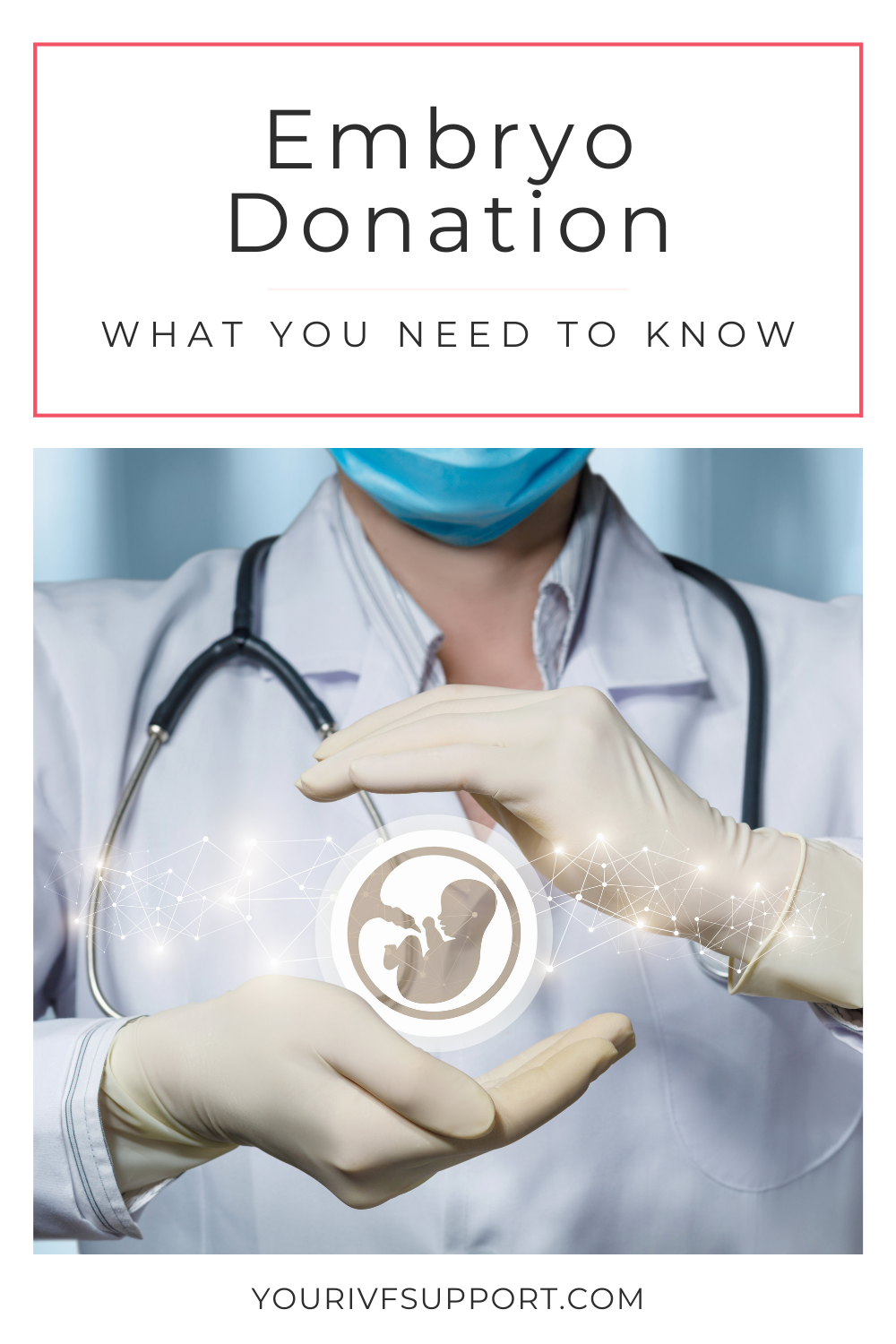
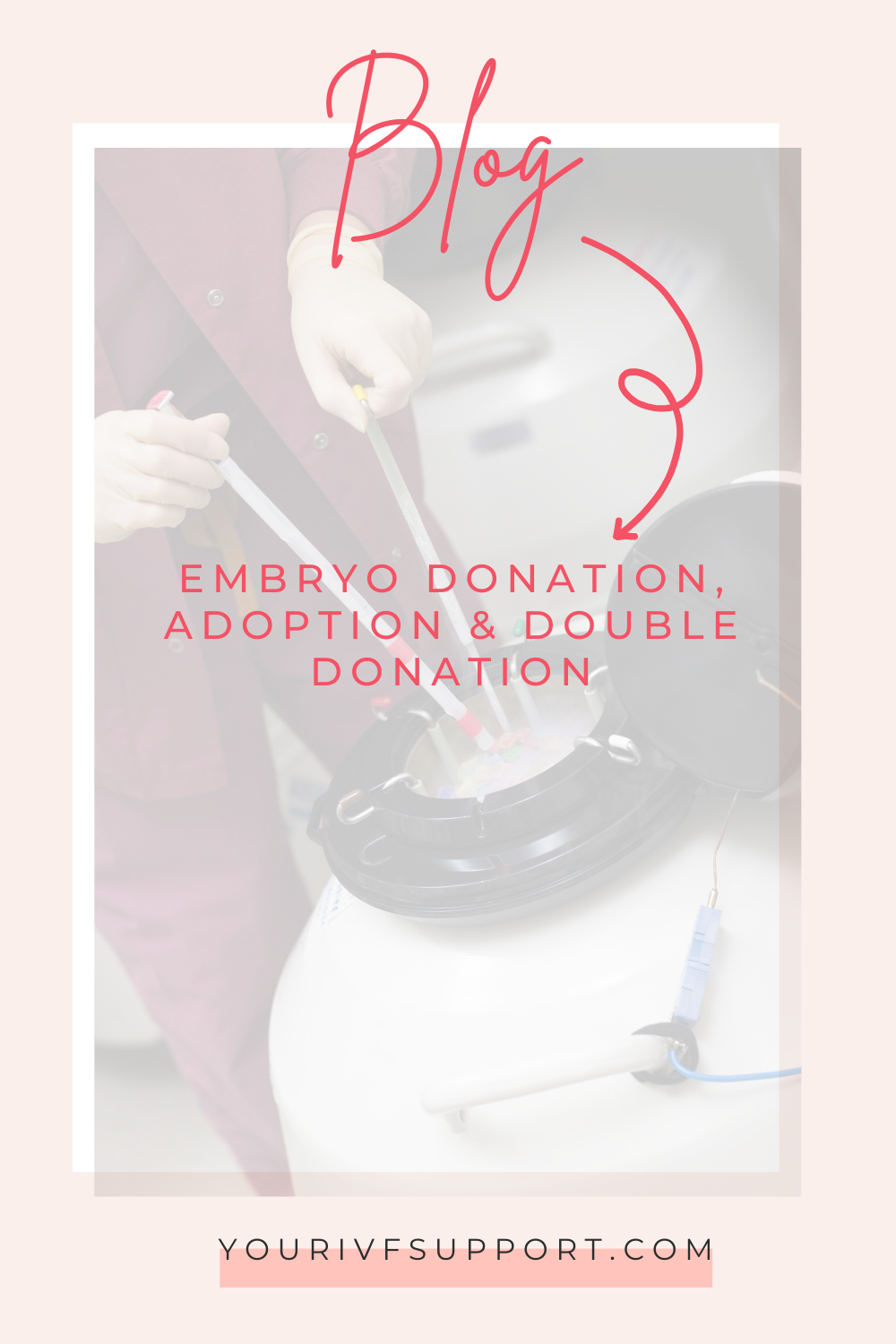
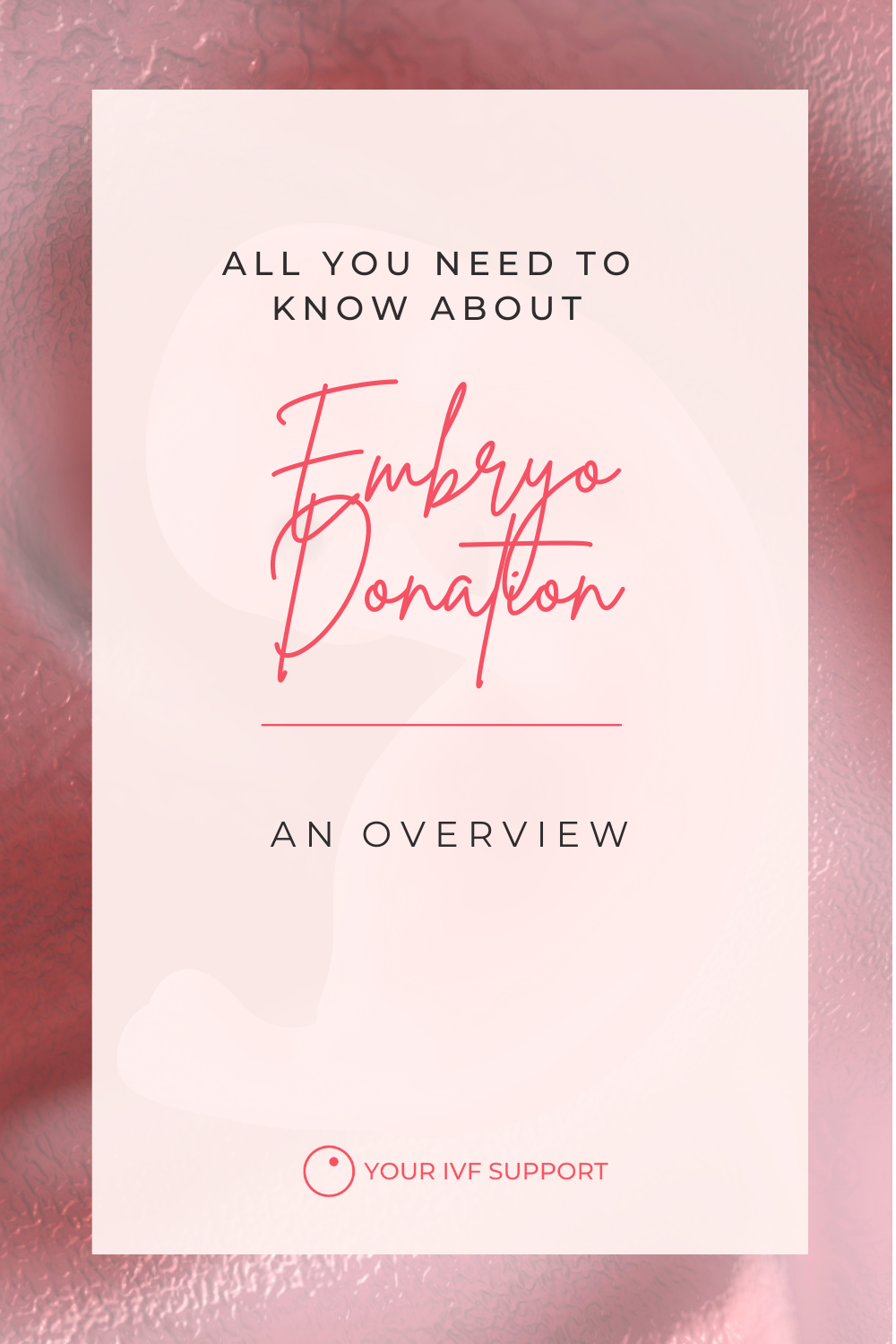
The process of double donation
Double donation requires careful planning and implementation, but it does not necessarily have to be described as complex. In this chapter we will take a closer look at the individual steps and procedures of double donation and explain the important role of the parties involved - donor, recipient and clinic.
The double donation process goes through various stages and steps to be successfully completed. Here is a general overview of the process:
Step 1: Donor selection.
Donor selection is a crucial step. Usually this is done based on medical criteria as well as personal preferences of the recipients.
Step 2: Stimulation and egg collection
The female donor is stimulated with medication to produce several eggs. These are then retrieved through a minimally invasive procedure.
Step 3: Fertilisation in the laboratory
The retrieved eggs are fertilised in the laboratory with the male donor's sperm, by ICSI (intracytoplasmic sperm injection).
Step 4: Cultivation of the embryos
The fertilised eggs develop into embryos, which are cultivated in an incubator to monitor their development.
Step 5: Selection and transfer of embryos
The best embryos are selected and transferred into the uterus of the female recipient.
Step 6: Pregnancy test and care
After the embryo transfer, regular check-ups and a pregnancy test are carried out to monitor the success of the treatment.
Recommendations and advice
For you as a woman who wants to have a child and is considering the possibility of double donation, it is important to be well informed and to make the right decisions. In this chapter I would like to give you some recommendations and advice to help you through this process.
If you are considering double donation, there are some important aspects to consider.
- Be well informed: understand the process, the advantages and disadvantages, and the legal aspects of double donation. Take the time to clarify all your questions.
- Choose the right clinic: choosing an experienced and qualified clinic is crucial. Research different facilities, read testimonials and look for recommendations. You can also count on my expertise in this area, as I specialise in this issue and will be happy to help you. [VD1]
- Talk to experts: consult reproductive doctors and psychologists who specialise in reproductive medicine. They can give you comprehensive advice and support.
Clarify your priorities: Consider whether anonymity or openness is best for you and your family. Think about how this might affect your child's identity.
Summary and conclusion
We have embarked on an extensive journey through the world of dual donation. In this section, I will summarise the key findings of this article and highlight the importance of double donation for women who wish to have children and their hopes for happiness together.
Double donation, a procedure in which both eggs and sperm come from donors, offers support to women who wish to have children in realising their dream of parenthood. Throughout this article, we have learned about different terms related to double donation, including embryo donation and embryo adoption, which are defined differently by different clinics and countries. Likewise, we have learned that the legal regulations and options related to double donation vary from country to country. For example, different regulations apply in Germany, Austria and Switzerland.
Double donation offers both advantages and disadvantages. Advantages include increased chances of success for recipients, while ethical considerations and potential challenges are disadvantages. Recommendations and advice highlighted for women who wish to have children include searching thoroughly for information, choosing a suitable clinic and seeking expert advice.
The importance of double donation for women of childbearing potential cannot be overemphasised. It offers these women a valuable opportunity to realise their dream of parenthood, opens doors to new opportunities and hopes, and can enrich families in a unique way. The support and guidance of professionals and careful consideration of all aspects are crucial to a successful outcome.
The world of dual donation may seem complex and varied, but it offers women the opportunity to experience the joy and happiness of parenthood, regardless of the challenges that lie in their path.
I hope this article has given you valuable insight and information about double donation. If you have any questions or need further information, please do not hesitate to contact me.
